Home>diy>Architecture & Design>How To Design And Build An Energy-Efficient Low Maintenance House In Northern California
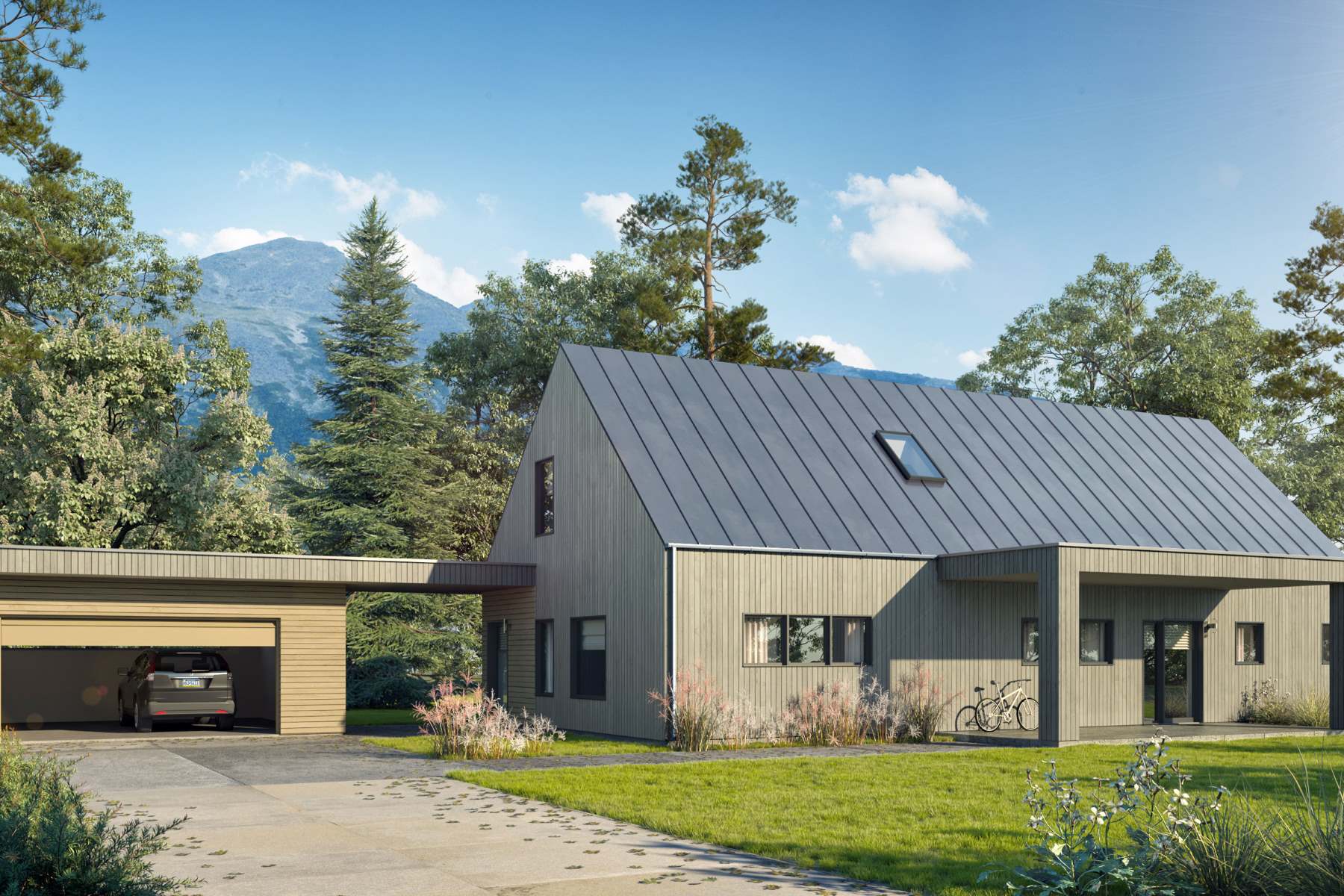

Architecture & Design
How To Design And Build An Energy-Efficient Low Maintenance House In Northern California
Modified: March 24, 2024
Learn how to design and build your dream energy-efficient low maintenance house in Northern California with expert architecture design guidance.
(Many of the links in this article redirect to a specific reviewed product. Your purchase of these products through affiliate links helps to generate commission for Storables.com, at no extra cost. Learn more)
Introduction
Welcome to the world of architectural design and construction, where creativity meets functionality. Building a house is an exciting journey, and designing an energy-efficient and low maintenance house in Northern California is an excellent way to blend sustainable living with modern comforts.
As the demand for energy-efficient and environmentally-friendly homes continues to grow, it is essential to understand the principles and strategies involved in designing and building such houses. This article will guide you through the process of designing and constructing an energy-efficient and low maintenance house in the beautiful region of Northern California.
Northern California is known for its diverse climate, ranging from coastal areas with a mild Mediterranean climate to inland regions with hot summers and cold winters. Designing a house that can withstand and adapt to these climate variations is crucial. Additionally, considering factors such as energy efficiency, durability, and environmental impact will contribute to a sustainable and low maintenance home.
In this article, we will explore the various aspects of designing an energy-efficient and low maintenance house, starting with understanding the climate considerations in Northern California. We will then delve into the principles of energy-efficient design, including site selection and orientation, building envelope and insulation, energy-efficient windows and doors, HVAC systems, lighting and electrical design, water efficiency and conservation, sustainable materials, and construction techniques. Finally, we will conclude with strategies for maintaining a low maintenance house.
Whether you are a homeowner looking to build your dream house or an architect exploring new design possibilities, this article will provide you with valuable insights and guidance on creating an energy-efficient and low maintenance house in Northern California.
Key Takeaways:
- Designing an energy-efficient house in Northern California involves considering climate variations, utilizing sustainable materials, and implementing low maintenance strategies to create a comfortable and environmentally responsible home.
- Incorporating energy-efficient design principles, such as passive strategies, solar orientation, and efficient HVAC systems, can significantly reduce energy consumption and utility costs while promoting sustainable living in Northern California.
Climate Considerations in Northern California
Before embarking on the design and construction of an energy-efficient and low maintenance house in Northern California, it is crucial to understand the region’s climate. Northern California experiences a diverse range of climates, influenced by factors such as proximity to the coast, elevation, and geography.
Coastal regions in Northern California, such as San Francisco and Monterey, have a mild Mediterranean climate characterized by cool, moist winters and mild, dry summers. Inland areas, like Sacramento and Redding, have a hotter and drier climate with hot summers and cool winters. The Sierra Nevada mountain range in the eastern part of Northern California experiences cold winters and moderate summers.
Understanding these climate variations is vital in designing an energy-efficient house that can adapt to these conditions. Here are some key considerations:
- Insulation: Due to the mild winters along the coast, insulation in these areas may focus more on temperature control to prevent heat gain during the warmer months. Inland areas require insulation that provides both thermal protection during the winter and prevents heat penetration during the scorching summers.
- Ventilation: The coastal regions benefit from the cool ocean breeze, making natural ventilation an effective cooling strategy. Inland areas may require more mechanical ventilation systems to offset the sweltering heat.
- Solar Heat Gain: Maximizing or minimizing solar heat gain is essential, depending on the specific climate. Along the coast, optimizing natural light and solar gain during the cooler months can reduce heating reliance. Inland areas may require controlling solar heat gain to avoid excessive cooling energy usage.
- Window and Door Design: Selecting the appropriate glazing and insulation values for windows and doors is critical to mitigate the effects of temperature extremes.
- Landscaping: Considering the region’s climate, it is crucial to choose climate-appropriate plants and landscaping techniques that require minimal watering and maintenance.
By taking into account these climate considerations, you can design a house that optimizes energy efficiency and ensures comfort throughout the year. The next step is to incorporate energy-efficient design principles that align with the specific climate requirements of Northern California.
Energy-Efficient Design Principles
Designing an energy-efficient house goes beyond selecting eco-friendly materials and incorporating sustainable features. It involves a holistic approach that integrates various design principles to minimize energy consumption and maximize efficiency. Here are some key energy-efficient design principles to consider:
- Passive Design: Passive design strategies aim to optimize the natural elements of the environment to regulate heating, cooling, and lighting in a building. This includes utilizing natural ventilation, daylighting, and proper insulation to reduce the reliance on mechanical systems.
- Solar Orientation: Proper solar orientation is essential to harness the sun’s energy for natural heating and lighting. Orienting the house to maximize southern exposure and strategically placing windows and skylights can significantly reduce the need for artificial lighting and heating.
- Effective Insulation: Implementing high-quality insulation in the building envelope, including walls, roofs, and floors, helps minimize heat transfer and maintain a comfortable indoor temperature year-round.
- Energy-Efficient Windows and Doors: Choosing high-performance windows and doors with low U-values, low emissivity coatings, and weather sealing helps prevent heat gain in the summer and heat loss in the winter.
- Efficient HVAC Systems: Selecting energy-efficient heating, ventilation, and air conditioning (HVAC) systems ensures optimal temperature control while minimizing energy consumption. This includes using programmable thermostats, zoned heating and cooling, and energy recovery ventilation.
- Energy-Efficient Lighting: Incorporating energy-efficient lighting solutions, such as LED bulbs and fixtures, reduces energy usage and extends the lifespan of lighting systems.
- Water Efficiency: Incorporating water-efficient fixtures, such as low-flow toilets and faucets, as well as rainwater harvesting systems, helps conserve water resources and lowers utility costs.
- Renewable Energy Systems: Consider integrating renewable energy systems, like solar panels or wind turbines, to generate clean and sustainable electricity for the house’s needs.
- Smart Home Technology: Utilizing smart home technology, such as programmable thermostats, motion sensors, and energy monitoring systems, allows for efficient energy management and optimization.
- Life Cycle Assessment: Considering the environmental impact of building materials and systems throughout their life cycle is essential. Opt for sustainable, environmentally-friendly materials with long lifespans and low maintenance requirements.
By integrating these energy-efficient design principles, you can significantly reduce energy consumption, lower utility bills, and create a comfortable and sustainable living environment. The next step is to apply these principles to specific aspects of the house’s design, such as site selection, building envelope, windows and doors, HVAC systems, and lighting and electrical design.
Site Selection and Orientation
When designing an energy-efficient house, careful site selection and orientation play a crucial role in optimizing energy performance and overall comfort. Here are some considerations for site selection and orientation:
1. Sun Path: Understanding the sun’s path throughout the day and throughout the year is vital in determining the ideal orientation of the house. Orienting the main living areas and windows towards the south maximizes daylight and passive solar heating in the winter, while minimizing heat gain in the summer.
2. Climate Factors: Consider the microclimate of the site, including prevailing winds, shading from nearby trees or structures, and potential obstructions that may impact solar access. These factors can influence the site’s suitability for energy-efficient design strategies.
3. Topography: Take into account the topography of the site and its relationship to surrounding landforms. Consider the slope of the land for natural drainage, as well as opportunities for passive solar design and natural ventilation based on the site’s elevation and exposure.
4. Vegetation: Assess the existing vegetation on the site and identify opportunities for preserving or strategically planting trees and shrubs to provide shading, windbreaks, and natural insulation. Trees can help reduce energy demand by blocking direct sunlight and providing natural cooling.
5. Site Access and Amenities: Consider the accessibility of the site to amenities like public transportation, community services, and green spaces. A well-connected location can reduce the need for excessive car usage and enhance the overall sustainability of the house.
6. Water Management: Evaluate the site’s drainage patterns and potential water management issues, such as flooding or erosion. Incorporate appropriate strategies like permeable surfaces, rainwater harvesting, and sustainable landscaping to promote water efficiency and prevent water-related problems.
7. Views and Privacy: Take advantage of desirable views and maintain privacy by carefully positioning the house’s windows and outdoor spaces. Proper site orientation can offer picturesque views while minimizing the impact of external noise and neighboring structures.
8. Building Envelope: Consider the site’s orientation when designing the building envelope to minimize heat loss or gain. Use appropriate insulation, high-performance windows, and effective shading devices to optimize thermal comfort and energy efficiency.
By carefully selecting the site and orienting the house to maximize natural light, solar heat gain, and passive cooling, you can reduce reliance on artificial lighting, heating, and cooling systems. This will create a more energy-efficient and comfortable living environment while minimizing the environmental impact of the house.
Building Envelope and Insulation
The building envelope is the barrier between the interior and exterior of a house, consisting of walls, roofs, floors, windows, and doors. Designing a well-insulated building envelope is essential for maintaining a comfortable indoor environment, minimizing energy consumption, and reducing heating and cooling costs. Here are key considerations for building envelope and insulation:
1. Insulation: Insulation plays a vital role in preventing heat transfer through the walls, roofs, and floors of a house. Choose insulation materials with high R-values (thermal resistance) to effectively reduce heat transfer and maintain a consistent indoor temperature. Consider factors like the climate, budget, and environmental impact when selecting insulation materials such as fiberglass, cellulose, or spray foam.
2. Continuous Insulation: Ensure that insulation is applied uniformly and without any gaps or thermal bridges to maintain a continuous thermal barrier. This prevents the loss or gain of heat through the building envelope, improving energy efficiency and comfort.
3. Air Sealing: Proper air sealing helps prevent air leakage through gaps and cracks in the building envelope, reducing the risk of heat loss and infiltration of outdoor pollutants. Use caulking, weatherstripping, and sealing tapes to seal air leaks and improve overall energy performance.
4. Windows and Doors: Use energy-efficient windows and doors with low U-values (heat transfer coefficient) and high-quality weather sealing. Double or triple glazing, low-emissivity (low-E) coatings, and insulated frames help reduce heat transfer, minimize condensation, and improve comfort.
5. Thermal Mass: Incorporate materials with high thermal mass, such as concrete or stone, into the building envelope. These materials can absorb and store heat, helping to regulate temperature fluctuations and reduce the need for mechanical heating and cooling.
6. Vapor Barrier: Install a vapor barrier on the warm side of the house’s insulation to prevent moisture infiltration and condensation issues. This barrier helps maintain indoor air quality and prevents damage to the building envelope.
7. Roof Design: Consider the roof design to optimize insulation and minimize heat transfer. Cool roofs with high solar reflectance and thermal emissivity help reduce heat absorption from the sun, minimizing cooling energy demand.
8. Blower Door Testing: Conduct blower door testing to assess the air tightness and identify potential leaks in the building envelope. This test helps determine the effectiveness of insulation and air sealing measures, allowing for necessary adjustments and improvements.
By prioritizing a well-insulated building envelope, you can significantly reduce energy loss, enhance indoor comfort, and maintain a more sustainable and energy-efficient house in Northern California.
Read more: How Much Warmer Does Insulation Make A House
Energy-Efficient Windows and Doors
Windows and doors are essential components of an energy-efficient and well-insulated house. They play a critical role in regulating heat transfer, controlling natural light, and maintaining indoor comfort. Here are key considerations for energy-efficient windows and doors:
1. Window and Door Frame Materials: Choose window and door frames made from energy-efficient materials with low thermal conductivity. Options include wood, vinyl, fiberglass, or insulated metal frames, which provide excellent insulation and minimize heat transfer.
2. Glazing: Consider double or triple glazing for windows to provide additional insulation and reduce heat transfer. Low-emissivity (low-E) coatings on the glass can further enhance energy efficiency by minimizing heat gain in the summer and heat loss in the winter.
3. U-Value and Solar Heat Gain Coefficient (SHGC): Pay attention to U-values and SHGC ratings when selecting windows and doors. The U-value measures the rate of heat loss/gain through a window or door, while the SHGC measures the amount of solar heat gain. Look for low U-values and appropriate SHGC values based on your climate needs.
4. Weather Stripping and Sealing: Choose windows and doors with high-quality weather stripping and sealing to prevent air leakage and improve energy efficiency. Properly installed and maintained seals ensure a tight fit, reducing drafts and heat loss.
5. Framing Design: Opt for windows and doors with thermally broken frames or insulated frames to minimize heat transfer and increase energy efficiency. These designs create a thermal barrier within the frame, reducing the potential for condensation and heat loss.
6. Window Orientation and Shading: Consider the orientation of windows to control solar heat gain and optimize natural lighting. Strategic placement of windows can maximize winter solar gain while minimizing summer heat gain. Use shading devices such as overhangs, awnings, or exterior blinds to block direct sunlight when necessary.
7. Energy-Efficient Doors: Choose energy-efficient exterior doors with proper insulation, weather stripping, and efficient glazing. Look for doors with a high R-value and low air leakage to maintain indoor comfort and reduce energy loss.
8. Verification and Certification: Look for windows and doors that are ENERGY STAR® certified or meet relevant energy efficiency standards. These certifications ensure that the products meet specific performance criteria and can significantly contribute to energy savings in your home.
Investing in energy-efficient windows and doors not only reduces energy consumption and lowers utility bills but also enhances the overall comfort and aesthetics of your house. They contribute to a more sustainable and environmentally friendly living environment in Northern California.
Consider using high-quality insulation, energy-efficient windows, and passive solar design to maximize natural light and heat in your home. This can help reduce energy consumption and maintenance costs in the long run.
Heating, Ventilation, and Air Conditioning (HVAC) Systems
Heating, ventilation, and air conditioning (HVAC) systems are crucial components of an energy-efficient and comfortable home in Northern California. Properly designed and maintained HVAC systems help regulate indoor temperature, provide ventilation, and ensure optimal air quality. Here are key considerations for energy-efficient HVAC systems:
1. System Efficiency: Choose HVAC systems with high energy efficiency ratings. Look for systems with a high Seasonal Energy Efficiency Ratio (SEER) for cooling and a high Annual Fuel Utilization Efficiency (AFUE) for heating. Higher efficiency systems consume less energy to provide the same level of comfort.
2. Proper Sizing: Size the HVAC system appropriately based on the specific requirements of the house. Oversized systems can lead to frequent cycling, inefficiency, and discomfort, while undersized systems may struggle to meet the desired temperature demands. Conduct a thorough load calculation to determine the correct system size.
3. Zoning: Implement zoning in your HVAC system to enable temperature control in different areas or zones of the house independently. This allows for more precise control and improves energy efficiency by only conditioning occupied areas.
4. Programmable Thermostats: Install programmable thermostats to optimize energy usage and tailor comfort levels based on occupancy patterns. Set temperature schedules to automatically adjust when you are away from home, maximizing energy savings when heating or cooling is unnecessary.
5. Air Filtration and Purification: Use high-quality air filters and consider air purification systems to improve indoor air quality by removing pollutants, allergens, and contaminants. Clean air filters regularly to maintain system efficiency and effectiveness.
6. Ventilation: Implement proper ventilation techniques to ensure fresh air circulation and remove indoor pollutants. Energy recovery ventilators (ERVs) or heat recovery ventilators (HRVs) can help exchange stale indoor air with fresh outdoor air while recovering energy from the outgoing air.
7. Maintenance: Regular maintenance of HVAC systems is essential for optimal performance and energy efficiency. Clean or replace air filters, inspect ductwork for leaks, and schedule professional maintenance to ensure smooth operation and prevent energy waste.
8. Geothermal and Solar Solutions: Consider renewable energy options like geothermal heat pumps or solar water heaters for heating and hot water needs. These systems utilize renewable energy sources, reducing reliance on traditional energy sources and minimizing environmental impact.
By selecting energy-efficient HVAC systems, implementing proper zoning and ventilation, and maintaining regular maintenance routines, you can enhance indoor comfort while minimizing energy consumption and reducing utility costs. Implementing these strategies will help you create an energy-efficient, comfortable, and sustainable home in Northern California.
Lighting and Electrical Design
Lighting and electrical design play a significant role in an energy-efficient house, ensuring efficient use of electricity while providing adequate illumination for daily activities. Here are key considerations for lighting and electrical design:
1. Energy-Efficient Lighting: Replace traditional incandescent bulbs with energy-efficient options like LED (Light Emitting Diode) bulbs. LED bulbs consume significantly less energy, have a longer lifespan, and produce less heat, making them a cost-effective and environmentally-friendly lighting choice.
2. Natural Lighting: Maximize the use of natural light by incorporating large windows, skylights, or light tubes in your design. Properly placed windows and skylights can reduce the need for artificial lighting during daytime hours, saving energy and promoting better well-being.
3. Lighting Controls: Install lighting controls such as dimmers, motion sensors, and timers to manage and adjust lighting levels based on occupancy and daylight availability. This ensures that lights are only used when needed, reducing unnecessary energy consumption.
4. Task Lighting: Use task-specific lighting to illuminate work areas or specific tasks, reducing the need for overall ambient lighting and minimizing wasteful energy usage. Task lighting provides focused illumination where it is required, improving efficiency and visual comfort.
5. Efficient Fixtures: Select energy-efficient light fixtures that distribute light evenly and minimize excessive glare or light spillage. Well-designed fixtures enhance lighting effectiveness while optimizing energy usage.
6. Electrical Outlet Placement: Plan the location of electrical outlets strategically to minimize the use of extension cords and promote efficient use of appliances and electronics. Consider the placement of outlets for easy access and ensure compatibility with energy-efficient appliances.
7. Energy Management Systems: Implement energy management systems to monitor and control electrical loads. These systems can provide real-time energy usage data, allowing homeowners to identify high-energy consumption areas and make informed decisions about energy usage.
8. Renewable Energy Integration: Consider incorporating renewable energy sources, such as solar panel systems, to power lighting and electrical needs. Solar energy can provide clean, sustainable electricity, reducing reliance on traditional power sources and decreasing the carbon footprint of the house.
By incorporating energy-efficient lighting options, optimizing natural light, utilizing lighting controls, and implementing effective electrical design practices, you can reduce energy consumption, lower utility costs, and create a well-lit and energy-efficient home in Northern California.
Water Efficiency and Conservation
Water efficiency and conservation are essential considerations for an energy-efficient and sustainable house in Northern California. With the region experiencing periods of drought and limited water resources, it is crucial to optimize water usage and minimize wastage. Here are key strategies for water efficiency and conservation:
1. Water-Efficient Fixtures: Install water-efficient fixtures such as low-flow faucets, showerheads, and toilets. These fixtures can significantly reduce water consumption without compromising performance or comfort.
2. Dual-Flush Toilets: Consider installing dual-flush toilets that offer different flushing options for liquid waste and solid waste. This flexible system allows for water conservation based on the specific needs.
3. Rainwater Harvesting: Install a rainwater harvesting system to collect and store rainwater for various non-potable uses, such as watering plants, landscaping, and certain household cleaning tasks. This helps offset the demand for treated water and conserves precious freshwater resources.
4. Graywater Systems: Implement a graywater recycling system to reuse water from sources like sinks, showers, and laundry for irrigation or toilet flushing. Proper treatment and filtration ensure safe and efficient reuse of graywater, reducing reliance on potable water for non-potable purposes.
5. Drip Irrigation: Utilize drip irrigation systems for landscaping and plant irrigation. Drip irrigation delivers water directly to the plant roots, minimizing evaporation, runoff, and overspray. This targeted approach saves water and promotes more efficient plant watering.
6. Native and Drought-Tolerant Landscaping: Choose native plants and drought-tolerant landscaping designs that require minimal water. Native plants are adapted to the local climate and generally require less irrigation, reducing water needs and maintenance requirements.
7. Smart Irrigation Controllers: Install smart irrigation controllers that automatically adjust watering schedules based on weather conditions, soil moisture levels, and plant needs. These controllers ensure efficient irrigation by avoiding unnecessary watering during periods of rain or low water demand.
8. Leak Detection: Regularly check and promptly repair any leaks in plumbing fixtures, pipes, or irrigation systems. Even minor leaks can result in significant water waste over time, increasing both water consumption and utility costs.
By implementing these water efficiency and conservation strategies, you can minimize water consumption, preserve freshwater resources, and contribute to the overall sustainability of your house in Northern California. Conserving water not only benefits the environment but also helps reduce water bills, making it a win-win situation for both you and the planet.
Read more: How To Build A Carport Attached To House
Sustainable Materials and Construction Techniques
Choosing sustainable materials and employing eco-friendly construction techniques are essential steps towards designing and building an energy-efficient and environmentally responsible house in Northern California. By prioritizing sustainability throughout the construction process, you can reduce the environmental impact and enhance the long-term durability of your home. Here are key considerations for sustainable materials and construction techniques:
1. Sustainable Building Materials: Select materials that have a minimal environmental impact throughout their life cycle. Look for options like recycled or salvaged materials, sustainably harvested wood, and materials with low volatile organic compound (VOC) emissions. Incorporating materials with high-recycled content reduces the demand for raw materials and helps divert waste from landfills.
2. Insulation Materials: Choose insulation materials with high R-values and low embodied energy. Materials like cellulose, wool, and denim insulation are environmentally-friendly alternatives to traditional fiberglass insulation. Consider natural insulation materials that have a minimal carbon footprint and promote energy efficiency.
3. Efficient Framing: Optimize framing techniques to minimize material waste and enhance structural efficiency. Advanced framing techniques, such as 2×6 framing or panelized construction, maximize insulation space and reduce the amount of lumber needed, resulting in both cost and energy savings.
4. Energy-Efficient Windows and Doors: Install windows and doors made from sustainable materials, such as wood certified by the Forest Stewardship Council (FSC). These materials promote responsible forest management and contribute to the overall sustainability of your home. Additionally, choose windows and doors with high energy-efficiency ratings to minimize heat loss or gain.
5. Water-Efficient Plumbing Fixtures: Install plumbing fixtures that are certified as water-efficient, such as low-flow faucets, showerheads, and toilets. Look for products with the WaterSense label, which denotes their water-saving capabilities. Water-efficient fixtures reduce water consumption and promote sustainable water use.
6. Renewable Energy Systems: Consider incorporating renewable energy systems, such as solar panels or wind turbines, to generate clean electricity. By harnessing renewable energy sources, you can reduce reliance on fossil fuels, lower carbon emissions, and eventually achieve energy independence.
7. Construction Waste Management: Practice proper waste management during construction by recycling or properly disposing of waste materials. Implement a construction waste management plan to minimize construction waste and maximize recycling efforts, reducing the overall environmental impact.
8. Green Certifications: Consider pursuing green building certifications such as LEED (Leadership in Energy and Environmental Design) or GreenPoint Rated. These certifications validate the sustainability and energy efficiency of your home, increasing its market value and demonstrating your commitment to environmental responsibility.
By incorporating sustainable materials and construction techniques, you can create a home that is not only energy-efficient but also reduces the environmental impact throughout its life cycle. Implementing these practices contributes to a greener future and promotes sustainable living in Northern California.
Low Maintenance Strategies
Designing a low maintenance house ensures that you can spend more time enjoying your home rather than constantly attending to upkeep and repairs. By incorporating low maintenance strategies into your design and construction, you can reduce the time, effort, and cost associated with regular maintenance. Here are key considerations for achieving a low maintenance house:
1. Durable Materials: Choose durable materials that can withstand the elements, require minimal upkeep, and have a long lifespan. Look for materials such as fiber cement siding, metal roofing, or composite decking that resist weathering, rot, and pests, reducing the need for frequent replacements or repairs.
2. Proper Drainage and Water Management: Ensure proper site grading and drainage to prevent water damage. Implement effective gutter systems, downspouts, and landscaping techniques to direct water away from the foundation and prevent water-related issues that can require extensive maintenance or repairs.
3. Low-Maintenance Landscaping: Opt for landscaping designs that minimize the need for excessive watering, mowing, and pruning. Choose native or drought-tolerant plants, consider xeriscaping techniques, and use mulch or ground covers to minimize weed growth and reduce maintenance requirements.
4. Simplified Interior Finishes: Select interior finishes that are easy to clean and maintain. Choose flooring options like tile, laminate, or hardwood with a durable finish that resists stains and scratches. Consider washable paint or wallpaper, making it easier to refresh the look of your home without extensive renovations.
5. Efficient and Easy-to-Operate Systems: Install efficient and user-friendly systems throughout your house. Choose appliances, HVAC systems, lighting controls, and home automation technologies that require minimal maintenance and are simple to operate and maintain.
6. Proper Sealing and Weatherproofing: Ensure a tight seal around windows, doors, and other openings to prevent drafts, moisture intrusion, and energy loss. Well-sealed homes are not only more energy-efficient but also require less frequent maintenance to address issues related to air leaks and water infiltration.
7. Regular Maintenance Planning: Develop a regular maintenance schedule to address necessary upkeep tasks before they become major problems. Regularly inspect and maintain HVAC systems, gutters, roofing, and exterior surfaces. It is more cost-effective to proactively address maintenance needs than to deal with expensive repairs later on.
8. Smart Home Technology: Utilize smart home technology to monitor and manage various systems remotely. Smart thermostats, leak detection systems, and security cameras can help you stay on top of maintenance needs and address issues promptly, reducing maintenance requirements in the long run.
By incorporating these low maintenance strategies into the design and construction of your house, you can minimize the time, effort, and expenses associated with ongoing upkeep. This allows you to focus on enjoying your home and the activities you love, creating a stress-free and comfortable living environment in Northern California.
Conclusion
Designing and building an energy-efficient and low maintenance house in Northern California requires careful planning, consideration of climate factors, and the incorporation of sustainable design principles. By implementing these strategies, you can create a comfortable, cost-effective, and environmentally responsible home that enhances your quality of life while minimizing your carbon footprint.
Considerations such as site selection and orientation allow you to maximize natural lighting, solar heat gain, and ventilation while minimizing energy consumption. Building envelope and insulation techniques ensure optimal temperature control and reduce reliance on heating and cooling systems. Energy-efficient windows and doors play a crucial role in minimizing heat transfer and maximizing natural light. The selection of efficient HVAC systems, lighting, and electrical design further reduces energy usage and enhances the overall sustainability of your home.
Water efficiency and conservation strategies help minimize water consumption and preserve water resources during periods of drought. The use of sustainable materials and construction techniques not only reduces environmental impact but also enhances long-term durability and lowers maintenance requirements. Incorporating low maintenance strategies ensures that you can spend more time enjoying your home and less time on upkeep and repairs.
Ultimately, designing and building an energy-efficient and low maintenance house in Northern California not only benefits you as a homeowner but also contributes to the overall sustainability and environmental well-being of the region. By making conscious choices throughout the design and construction process, you can create a home that is efficient, comfortable, and mindful of our planet’s limited resources.
Whether you are embarking on a new home construction project or considering renovations to improve the energy efficiency of your existing home, these principles and strategies can guide you in creating a sustainable and low maintenance living space that aligns with the beauty and climate of Northern California.
Frequently Asked Questions about How To Design And Build An Energy-Efficient Low Maintenance House In Northern California
Was this page helpful?
At Storables.com, we guarantee accurate and reliable information. Our content, validated by Expert Board Contributors, is crafted following stringent Editorial Policies. We're committed to providing you with well-researched, expert-backed insights for all your informational needs.
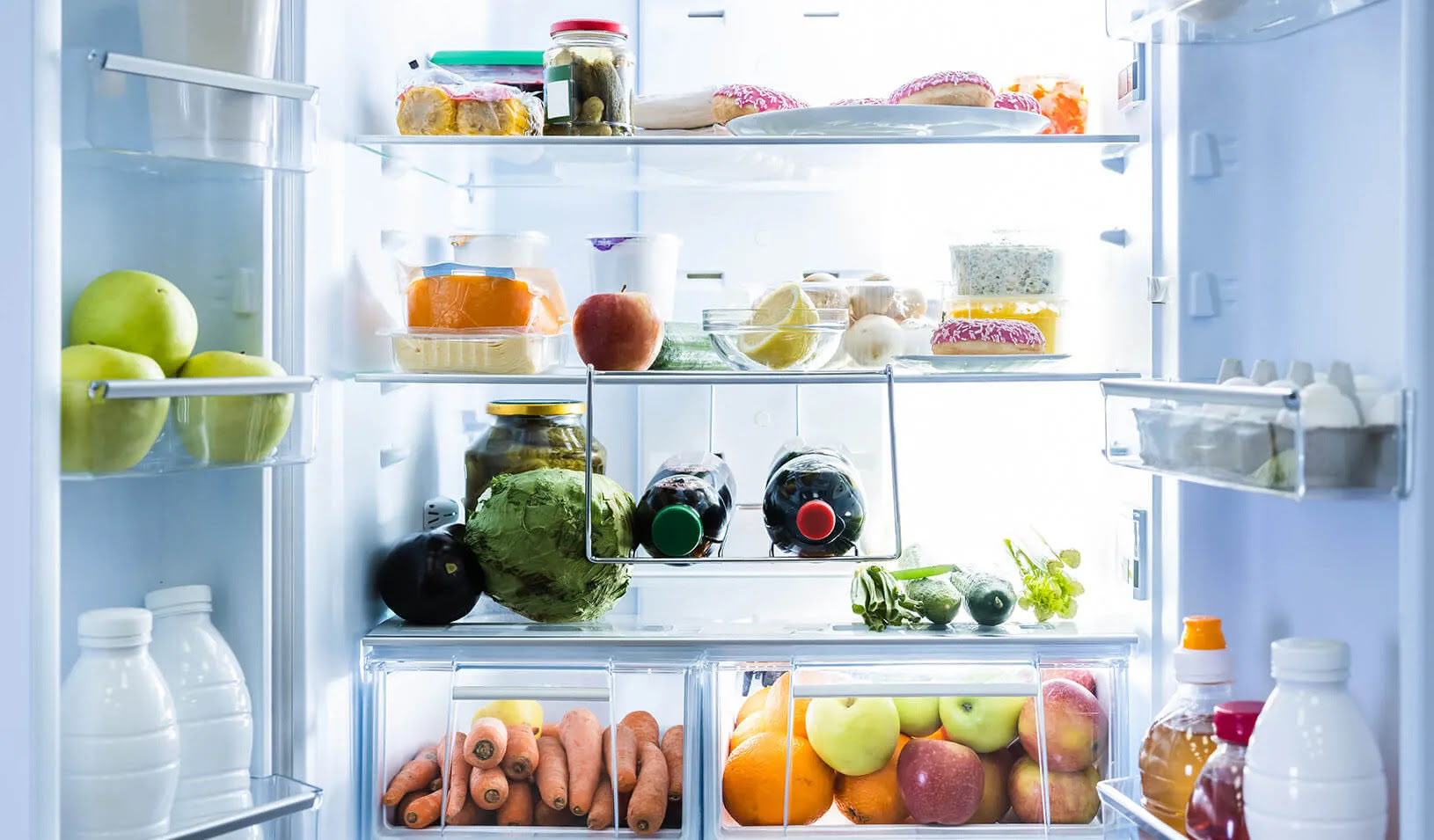
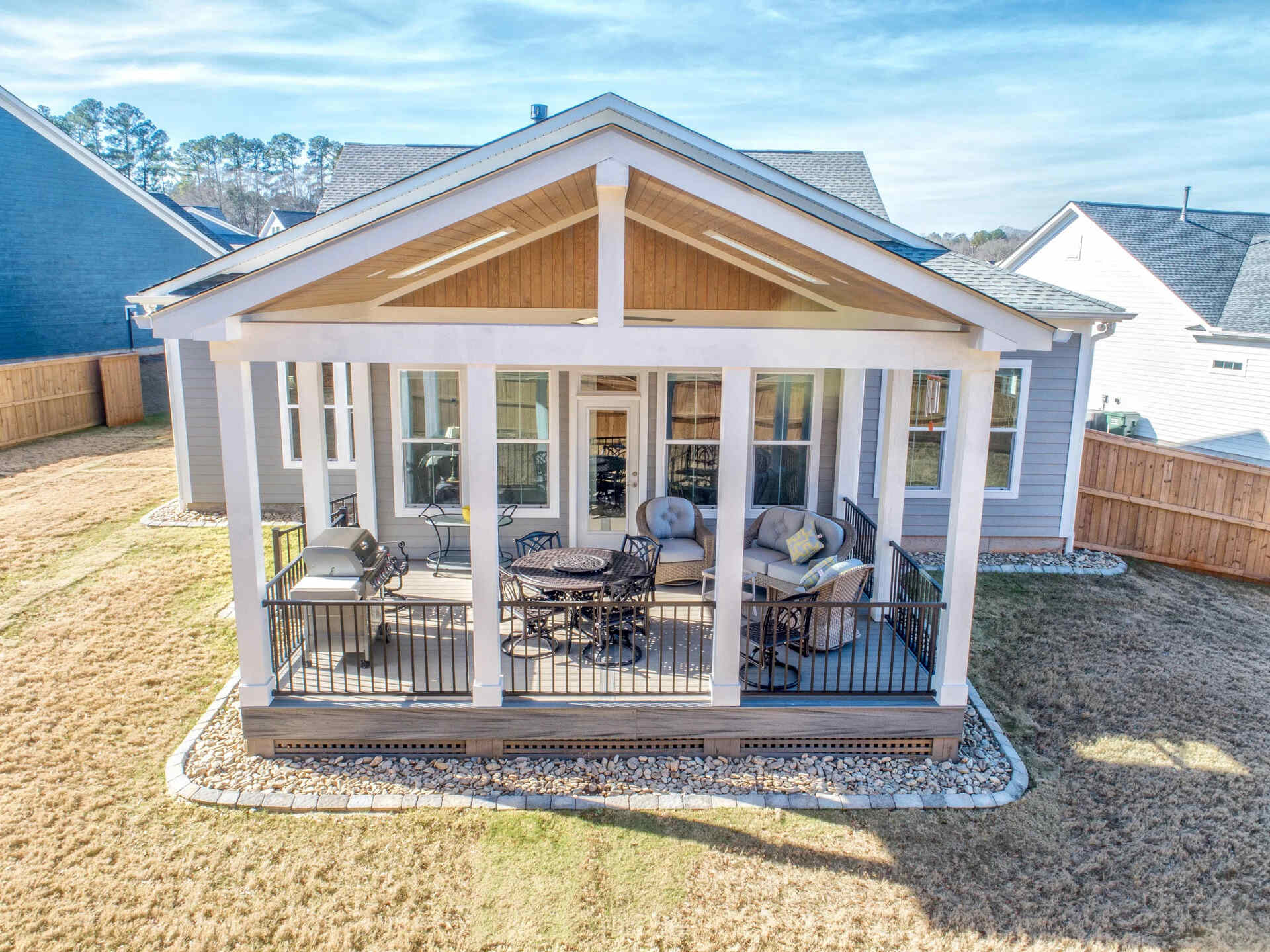
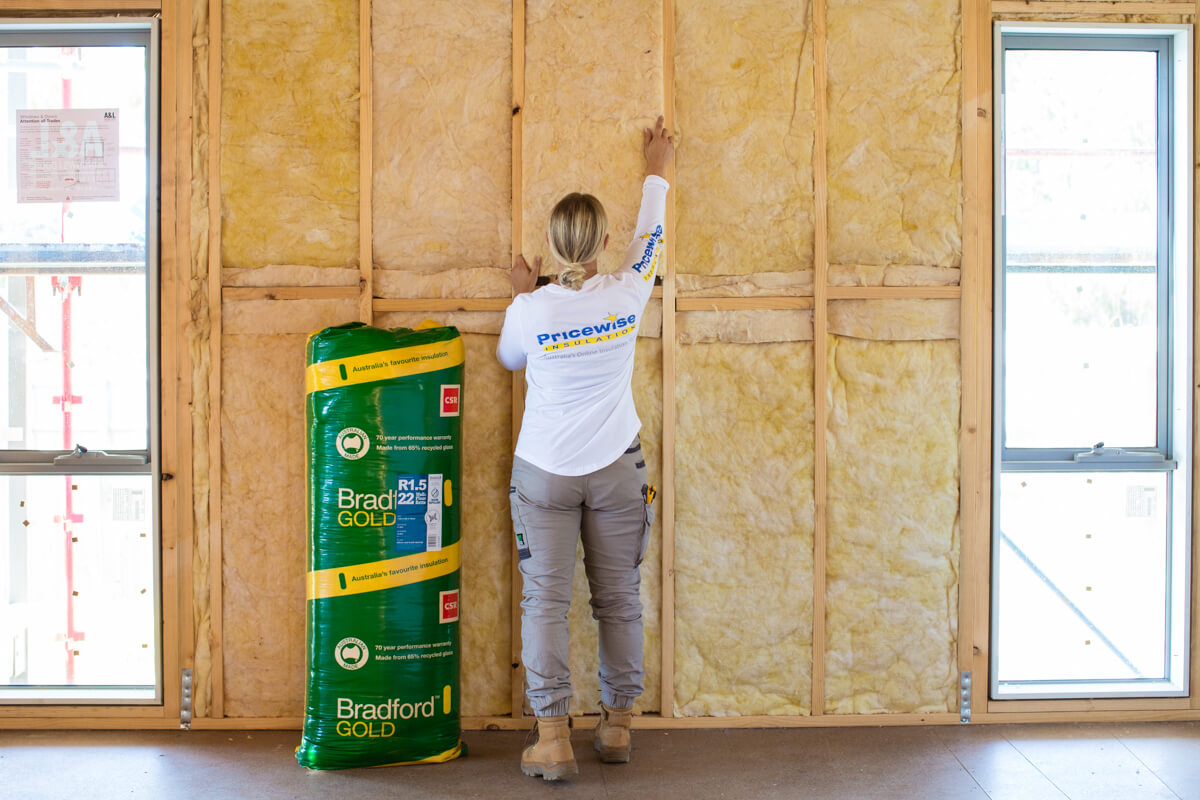
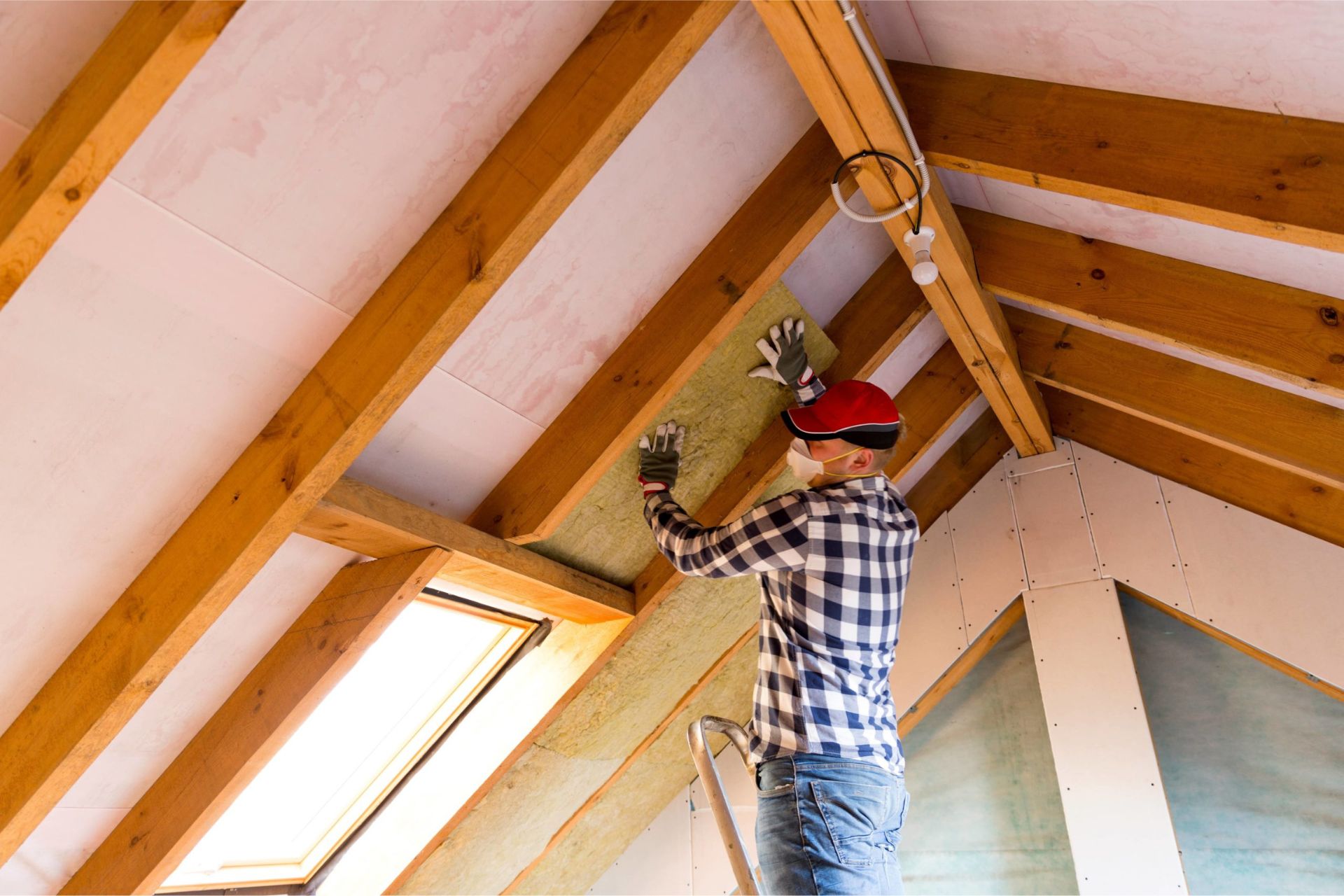
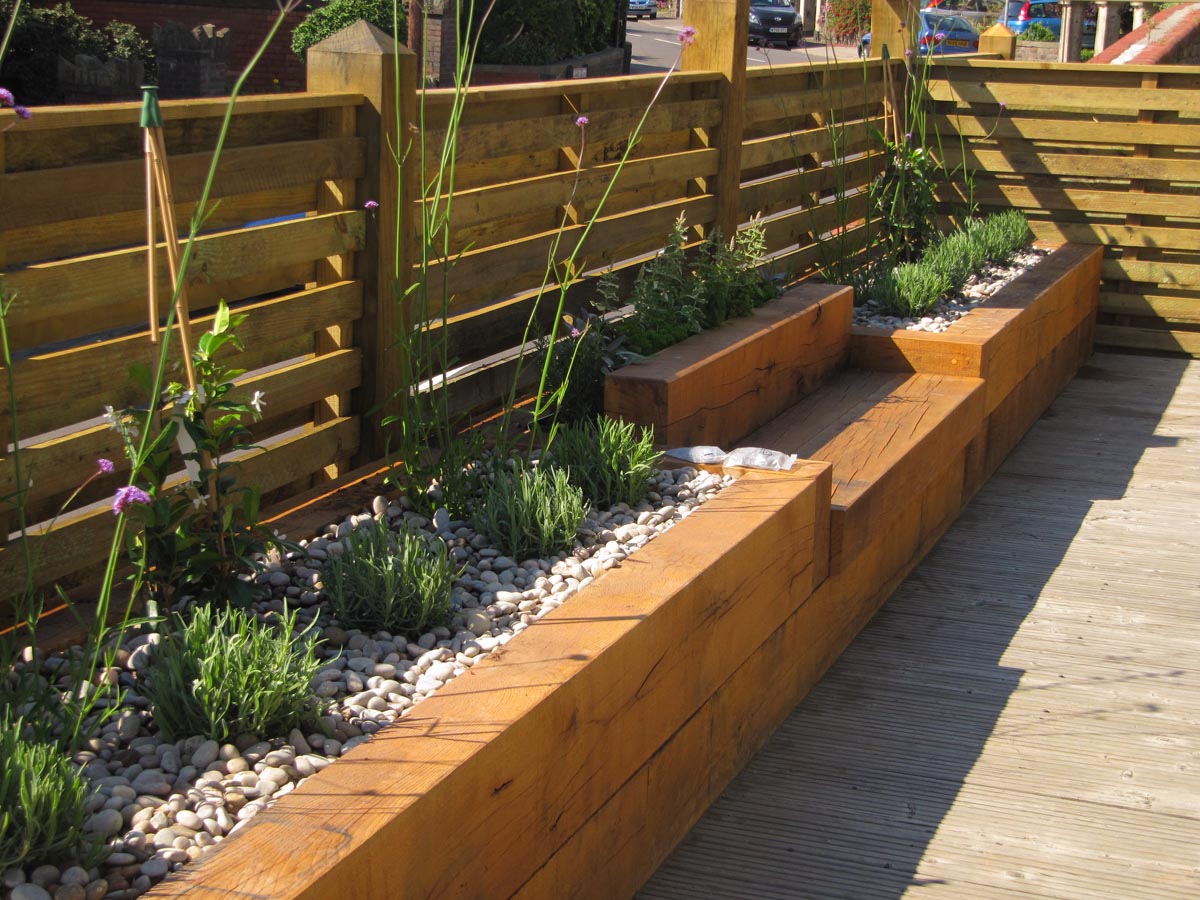
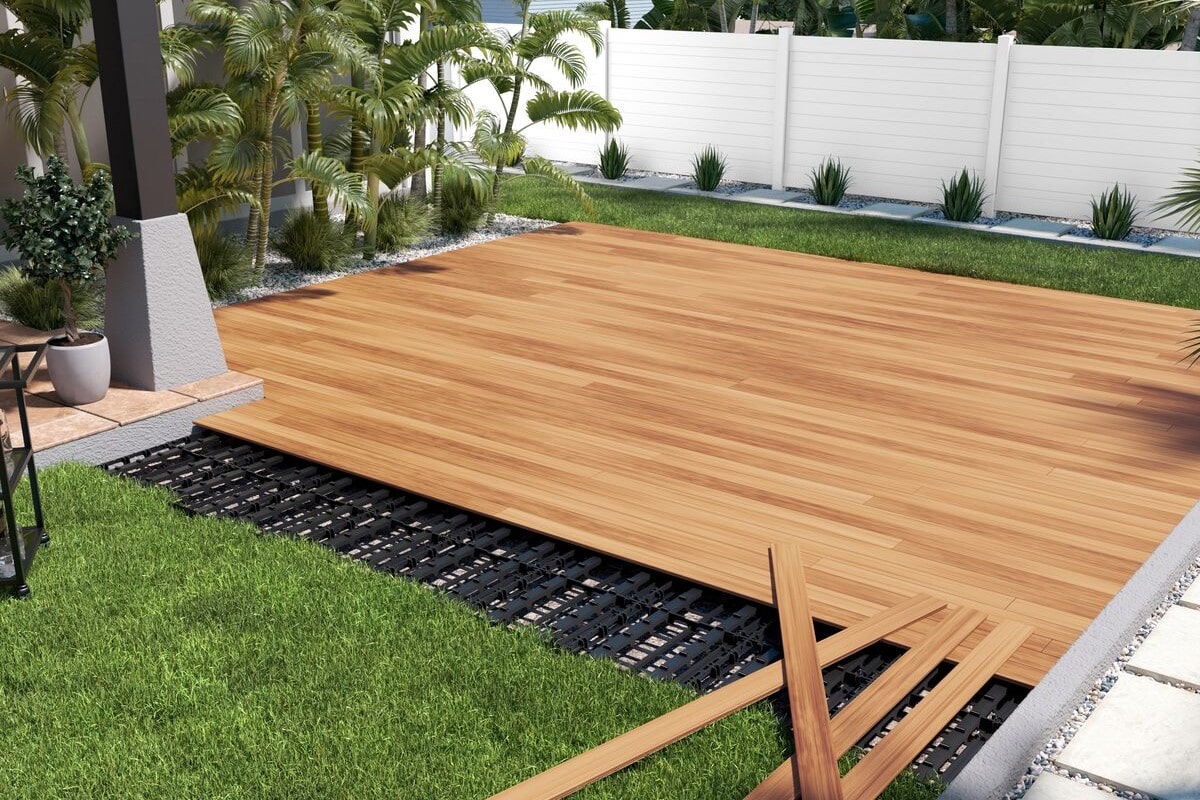
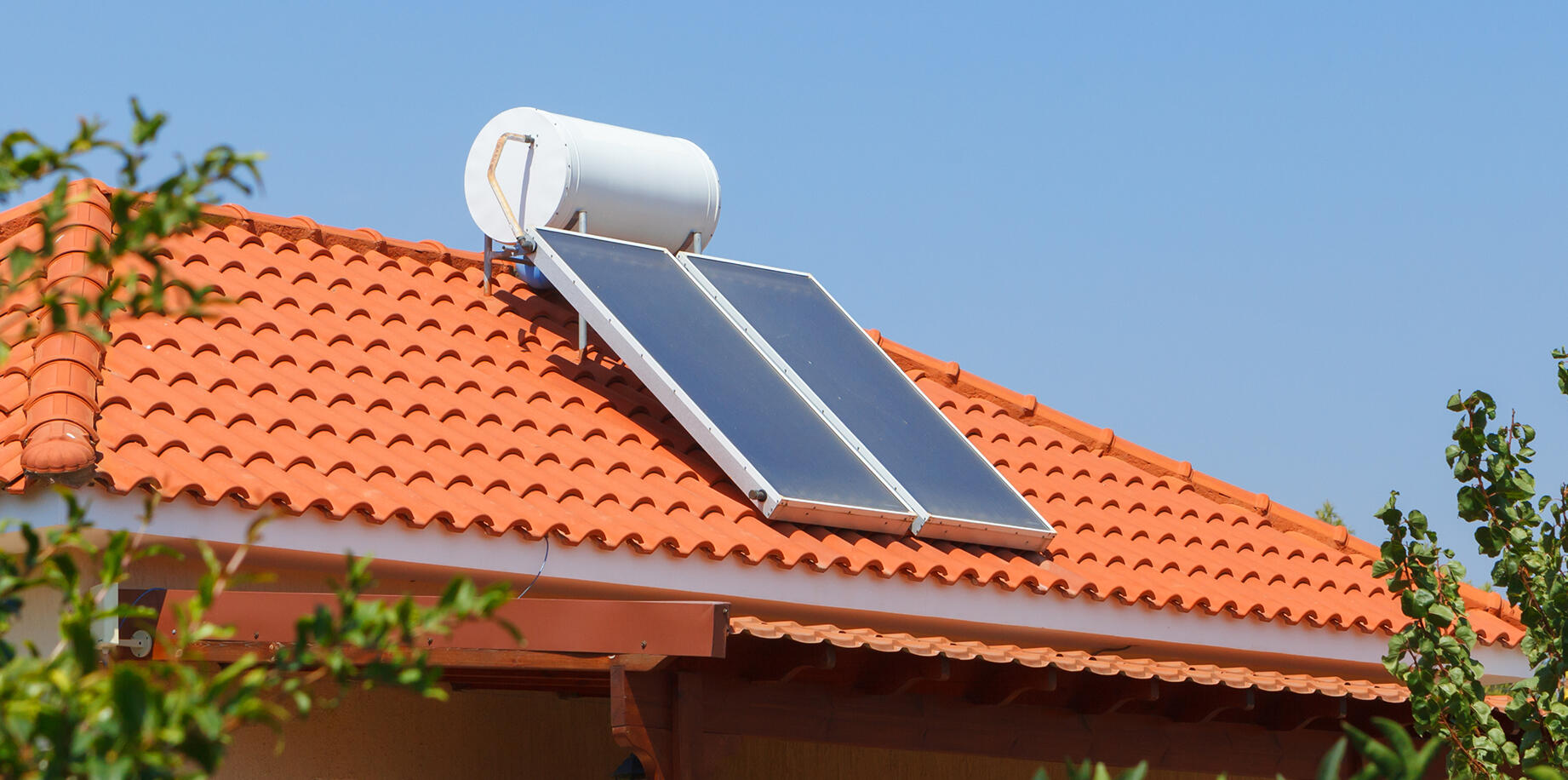
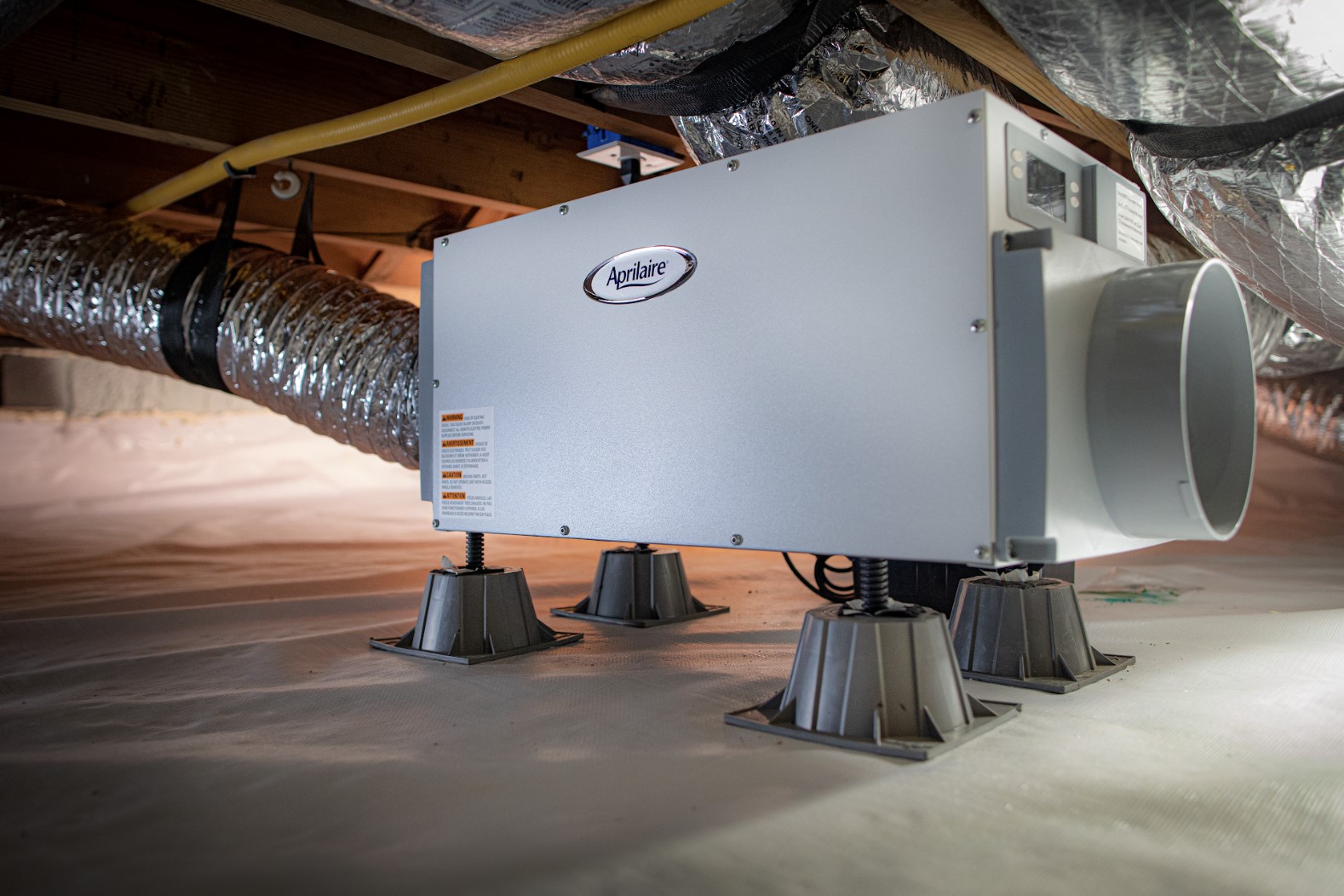
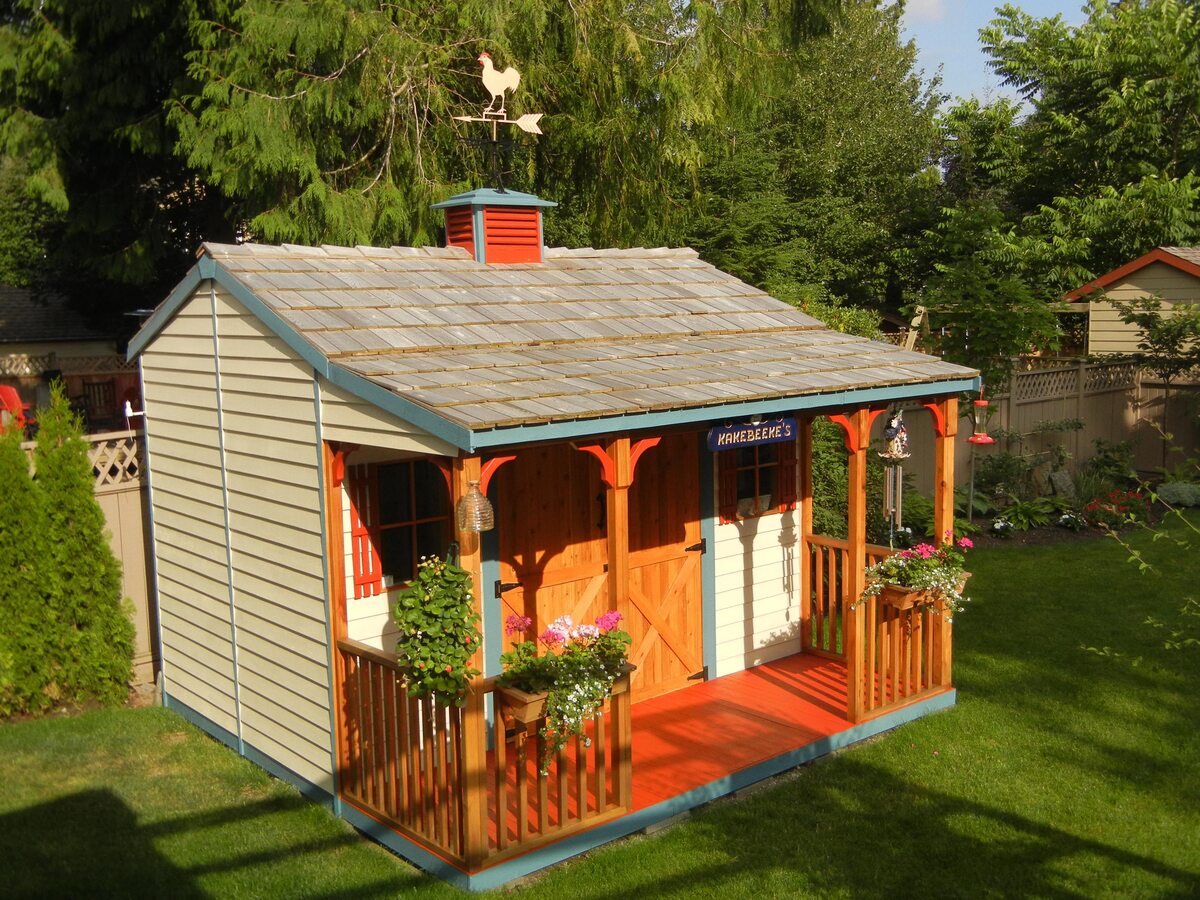
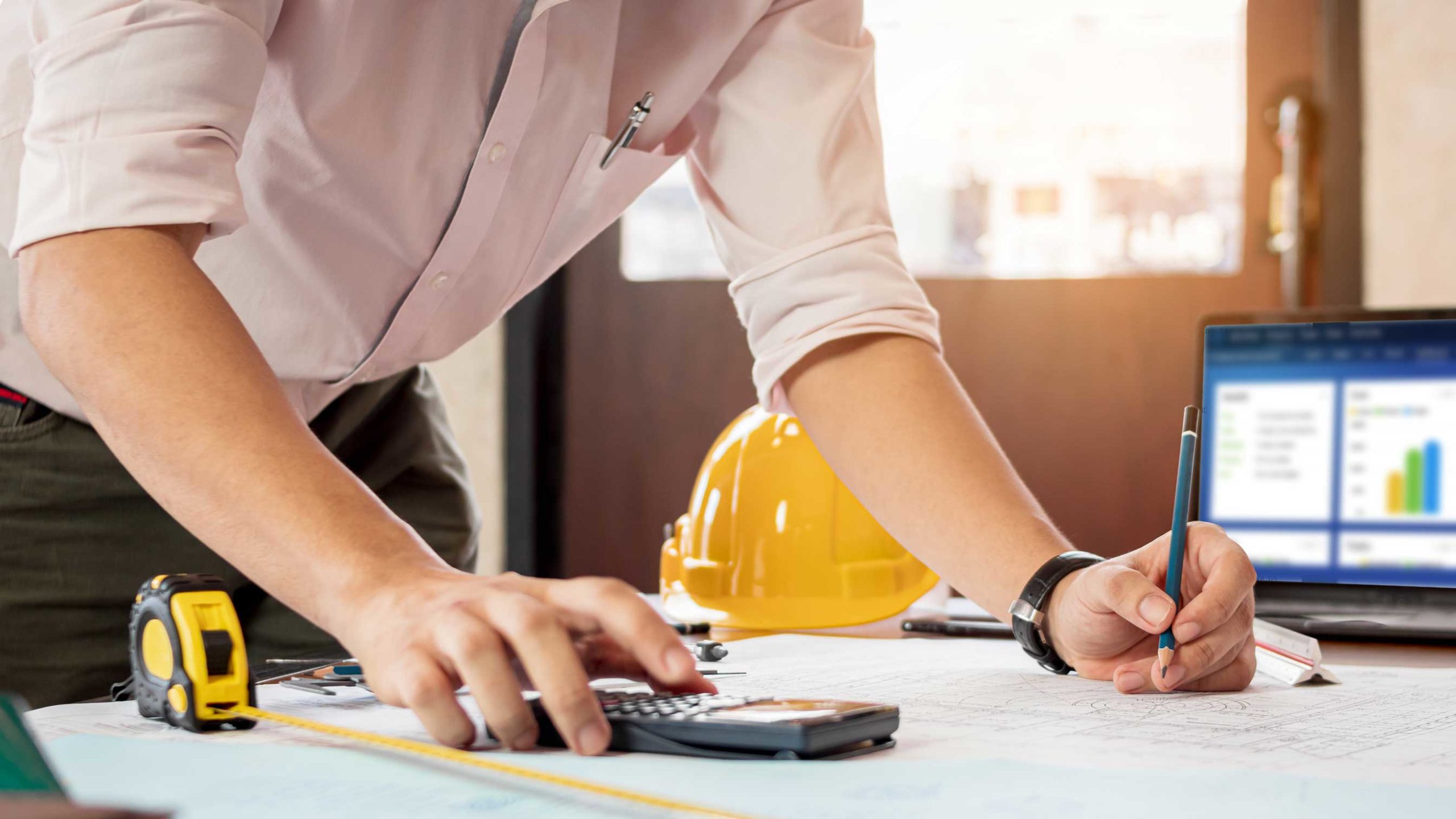
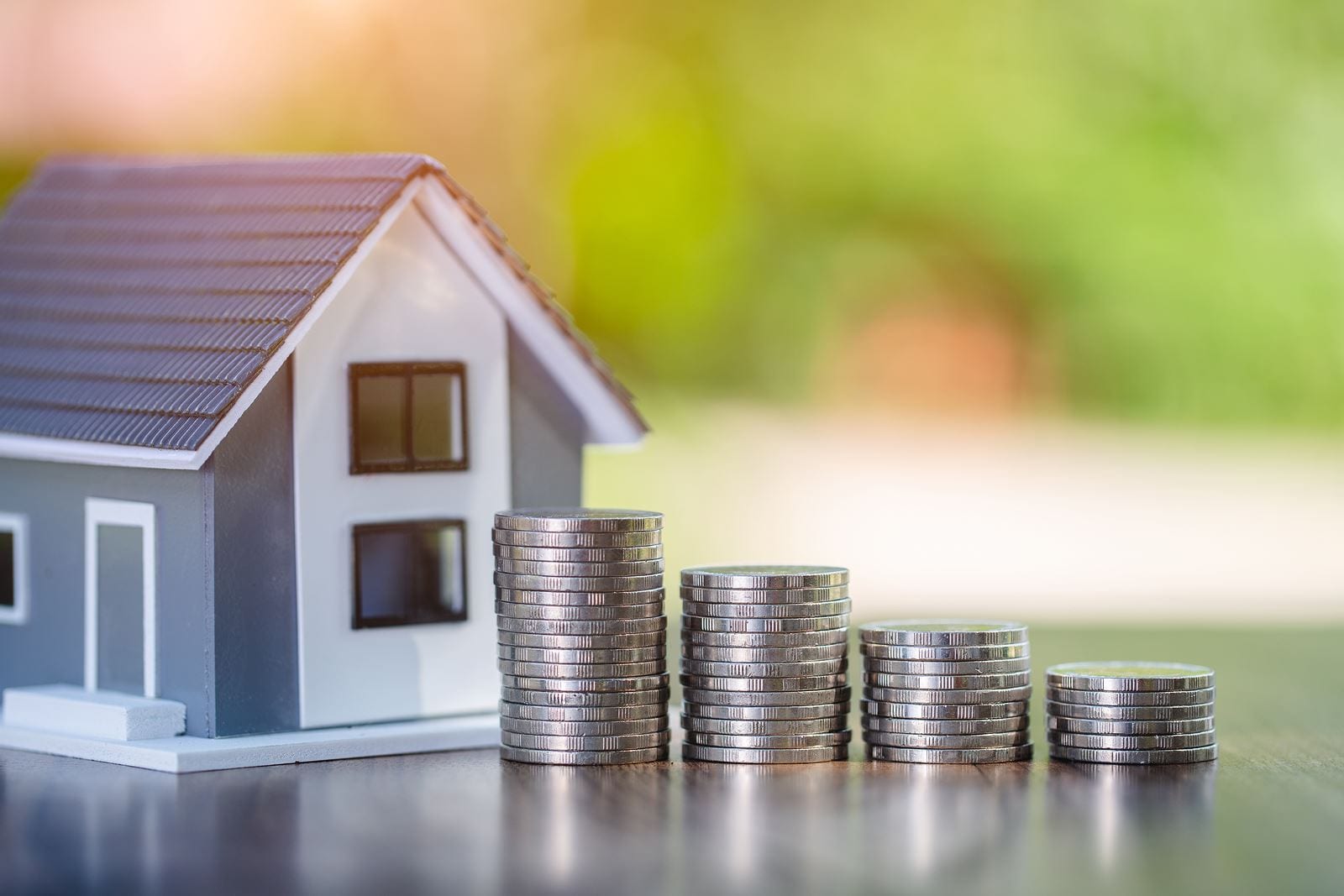
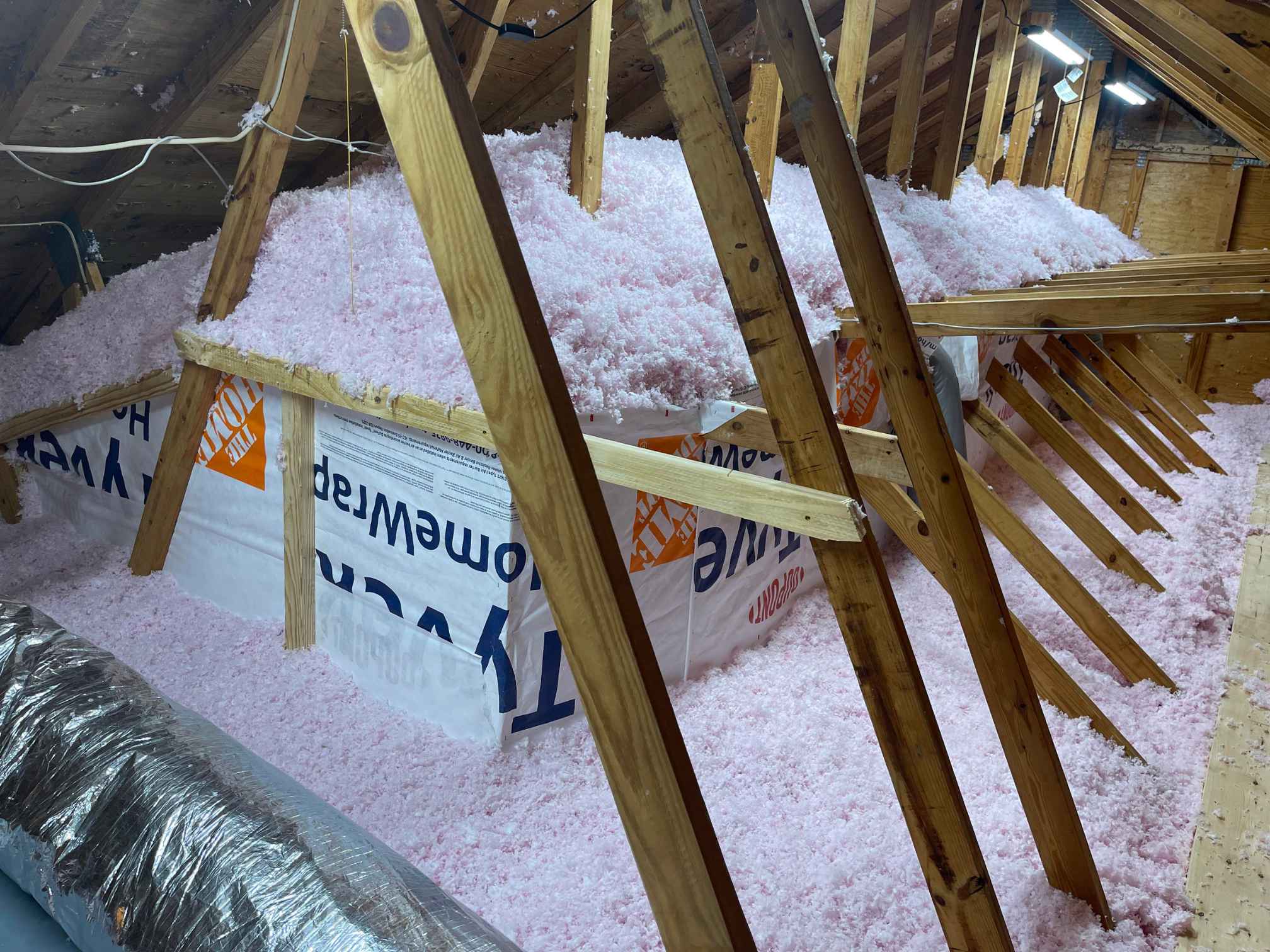
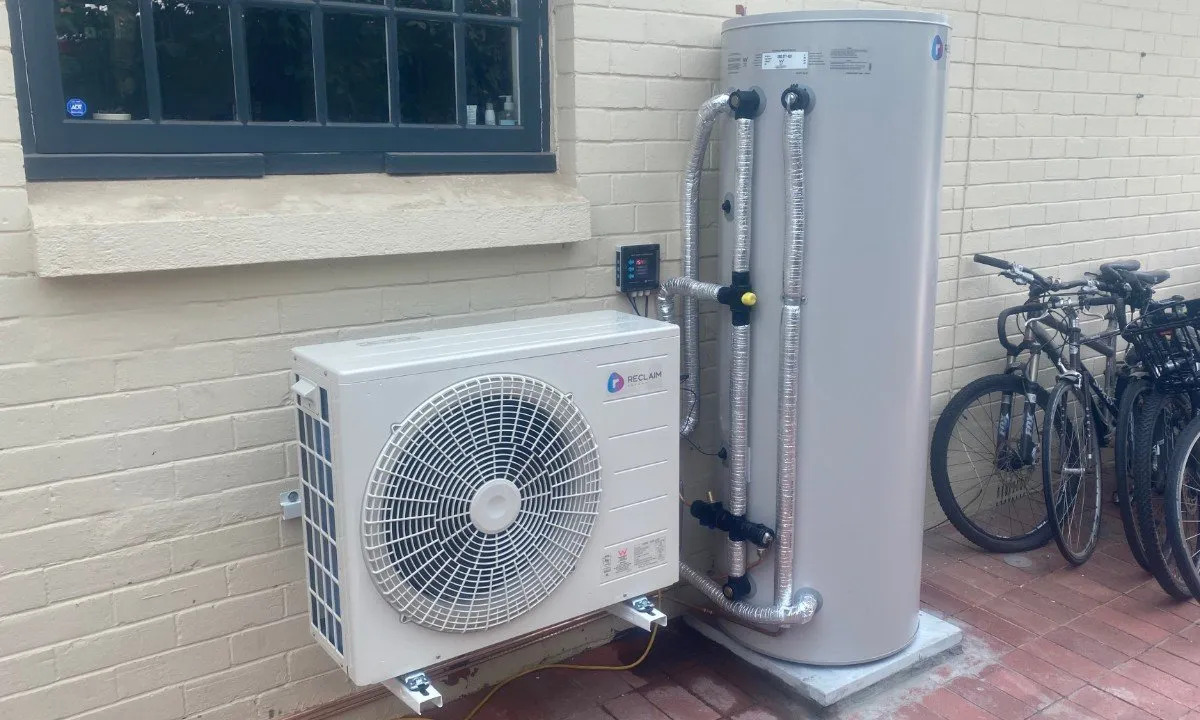

0 thoughts on “How To Design And Build An Energy-Efficient Low Maintenance House In Northern California”